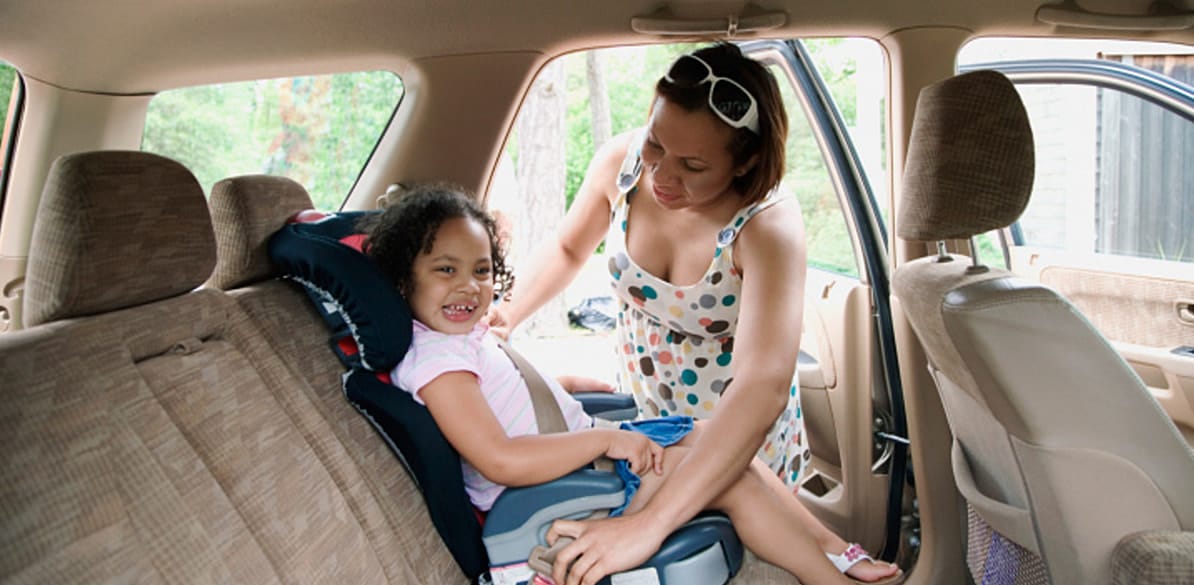These are the most common mistakes when adjusting a child car seat in the car

In addition to these internalised actions, there are others which, although equally important, you might do in a hurry and without paying attention to detail with all your senses, such as adjusting your child’s car seat, or making sure that the harness is perfectly fitted and tightened. For this reason, one of the most frequent causes of failure in child restraint systems is the human factor, i.e., the inattention that causes the child restraint system not to work with maximum efficiency. What mistakes are we referring to?
- Failing to check the condition of the child seat anchorages. If you have an ISOFIX child car seat, a little tug is enough to check that everything is correct. If your child seat is adjusted by seat belts, there are three points you can check. Firstly, check that it is correctly fastened; secondly, make sure there is nothing causing any fold or slack (even a little toy can cause that); thirdly, even if you cannot find anything out of place, you should re-tighten the belt straps every time you put your child in the seat.
- Incorrectly positioning the child in the child car seat. Properly positioning the child is an important step in order to make sure he or she is perfectly secured in the child seat. The best position is for the child to be sitting upright, with his or her back against the seat and his or her hips as far back as possible. Once in this position, you can buckle the harness.
- Harnesses also need to be checked, and not doing so is a big mistake. You should also check if they are bent, or if for some reason you cannot tighten them correctly. A harness that gives way, or that is not properly adjusted, does not help children but rather the opposite. If necessary, you should take the CRS out of the car and proceed to adjust the harness properly (it is advisable to do this from time to time and without haste).
- It is a mistake to harness a child wearing a bulky coat. This is often done in the rush to school, but it is a common and easily avoidable mistake. The more layers of clothing the child is wearing, the less you can adjust the harness to the child’s body. This is so for several reasons: because the volume of the coat prevents you from doing so; because you think (with good reason) that your little one will be overwhelmed with so many clothes and so much pressure from the belt. The right thing to do is to take the time to take the child’s coat off and to position him or her correctly.
- Another mistake is thinking that by tightening the harness even more you will be bothering your child, or that, since he or she is “almost” at the regulation height, you can remove the booster seat. One of the most common mistakes is to put your child’s logical desire for freedom before his or her own safety. If your child is less than 135 cm tall, he or she must travel in an approved CRS, no matter how little he or she likes it.
- If your child is facing forward, place the front seat as far away from the child as possible, in order to increase the child’s “survival space” in the event of an accident.
The safety of your child is well worth spending an extra five minutes to check that the CRS is correctly anchored, that the harness is well adjusted, that the child is properly positioned and that the belt straps are well tightened. It takes only five minutes (often even less time), and you can help your child travel safely and yourself, more relaxed.
